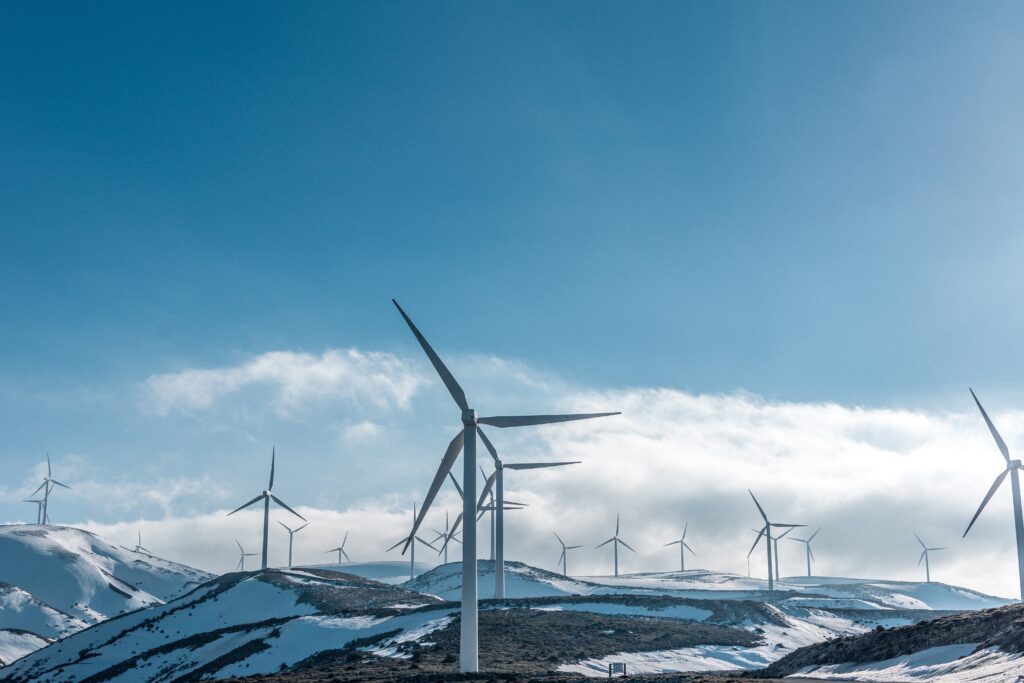We often get asked this question: Is Demand Response similar to ICI?
These two programs are similar in that they both aim to reduce electricity demand from the grid, helping to manage system peaks. Participants in IESO’s Demand Response (DR) and Industrial Conservation Initiative (ICI) programs receive payments and savings in return for their contributions to the grid; however, there are significant differences between the two programs. Firstly, the Demand Response program results in cash payments from the system operator through an agreement. In the ICI program, the value is reflected in the form of savings that appear on monthly bills. Like any other energy cost-saving program, the amounts are calculated from a baseline.
Although ICI is unique to Ontario, other jurisdictions have high portions of electricity charges related to system and facility peaks. Also, it’s important to note that the Demand Response Program in Ontario has changed and is now managed under a larger program umbrella named the “Capacity Market”.
Another significant difference is that in Demand Response programs, the system operator instructs the facility on when to curtail its load. There is a predetermined and agreed-upon amount for the required reduction in load from the grid. In the ICI program, each participant must decide how much and when to reduce their load to comply with the program rules to receive the available savings.
Edgecom Energy provides solutions for both ICI and Demand Response. For ICI participants, our pTrack® peak prediction software addresses the issue of when to curtail; our Curtailment Action Plan Analysis (CAPA) resolves the questions of how much and how to curtail. Our energy monitoring solutions provide real-time visibility of your curtailment effort and accumulated savings. For Demand Response contributors, Edgecom Energy is a registered market participant with the IESO, with the most advanced participation tools and competitive aggregation fees in the market.
Below is a table summarizing the differences between ICI and Demand Response
| ICI | DR | |
| Potential Savings/Revenue | In the 2025-2026 season, savings up to $350,000 per MW of curtailment. | In the 2025-2026 season, savings up to $75,000 per MW of curtailment. |
| Type of Value Generated | Savings on bills one year after curtailments during the adjustment period | Receive direct monthly payments from the IESO for being available to reduce your load, even if no curtailment is required (also known as ‘Availability Payments’). |
| When to Curtail | At the top 5 provincial grid peaks (aka Coincident Peaks). You have to figure out when they happen yourself or use a peak prediction service like pTrack®. | IESO will notify you at least 2 hours before the actual curtailment when it is time to curtail. |
| How Much to Curtail | You have to decide for yourself. More curtailment = more savings. | Participants must submit their committed curtailment capacity during the auction. If activated, they are required to curtail within a 15% dead-band of the cleared capacity. Additionally, participants must pass at least one test activation per obligation period, demonstrating at least 90% of their committed capacity. |
| Time Frame | Your curtailment during a base period (May 1st of the year to April 30th of the following year will impact your bills for the next Adjustment Period (July 1st of that year to June 30th of the following year). | Summer Commitment Period: May 1st to October 31st, during business hours, between 1:00 pm and 10:00 pm. Winter Commitment Period (November 1st to April 30th), from 4:00 PM to 9:00 PM. |
| How Many Curtailments Are Required | If you are relying on the IESO’s public data, it is probably closer to 30 times a year to capture all five peaks. pTrack® made 12 calls in the 2024-2025 peak season and hit all five peaks. | There will be a minimum of one test activation per commitment period. Historically, there have been fewer than three curtailment calls per commitment period. |
Ontario’s Industrial energy consumers can significantly reduce their energy costs by participating in Ontario’s Demand Response (DR) and/or the Industrial Conservation Initiative (ICI). Both aim to reduce stress on the grid during periods of high demand; however, they differ significantly in terms of structure, value delivery, and participation requirements. Edgecom Energy provides the expertise, technology, and support to help industrial facilities maximize the value of these programs. With predictive tools like pTrack®, tailored curtailment strategies, and Demand Response participation, we empower your facility to maximize returns while contributing to a more efficient electricity grid.
Ready to take control of your energy strategy? Contact Edgecom Energy today to learn how our solutions can help you unlock substantial savings through ICI and Demand Response participation.


